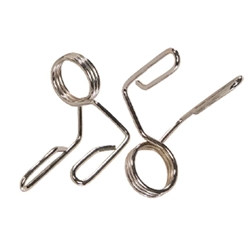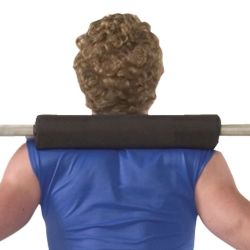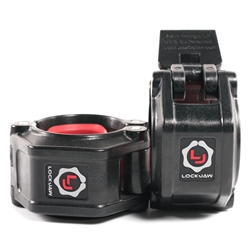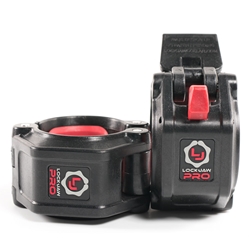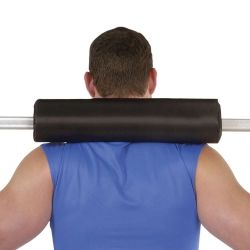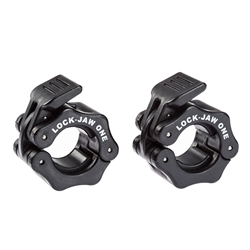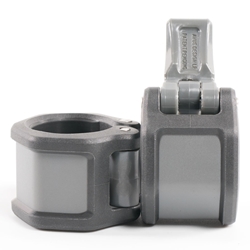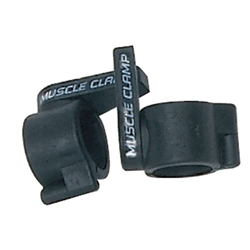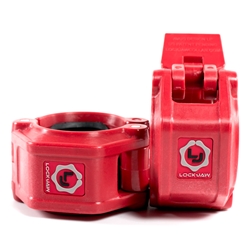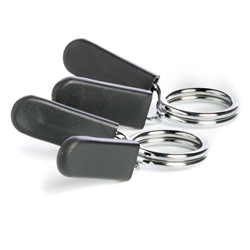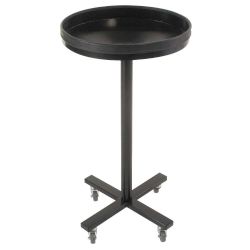
Barbell Collars and Accessories
A Beginner’s Guide to Barbell Collars & Accessories
Barbell collars are an essential part of weightlifting. A barbell collar is placed on barbells and dumbbells to keep the weight disk from becoming too loose and falling off the bar while in use. The weight disks are placed on the bar, and then these products are attached on the outer side of the disk. The barbell collar can then be locked into place by some means, usually by a bolt, spring or clamp-type mechanism.
What are the Benefits of Using Barbell Collars?
If you know anything about weight lifting, you know that it’s an intricate and complex science. If the weight disk moves even the slightest, this can affect the lifter’s stability and balance and his or her ability to actually lift the weight. Barbell collars work to keep the weight from wobbling or sliding around on the bar, helping the lifter to remain steady.
Barbell collars are also essential in order to help keep the lifter safe. A loose weight can let the weight shift on the bar and cause the lifter to lose balance. If this occurs, the weight lifter may strain excessively in an unnatural way, which can result in serious injury (or soreness at best). Having a barbell collar or Lock-Jaw collar on each end of the bar to hold the weights in place can prevent this.
Why are There So Many Different Kinds of Barbell Collars?
Barbell collars can be attached to the bar by clamping, twisting, or bolting into place. Some types of barbell collars work by using coiled spring mechanisms that clamp onto the bar and can be easier to release than other types of collars. This can mean savings in time for the lifter when time is of the essence or if the lifter becomes pinned under the heavy weight. Because these spring collars (also known as bulldog collars) are so easy to operate and remain tightly in place, they have become very popular in gyms and among professional lifters.
Threaded collars and muscle clamps are twisted onto the bar to prevent the disks from slipping. These types of collars are highly effective when placed correctly. In fact, they often work so well that lifters have to use tools to help remove the muscle clamp if it becomes too tight.
The oldest type of barbell collar uses a bolt-on device to hold onto the bar. Bolting methods such as a Lock-Jaw collar use an adjusting knob to gradually screw the collar into place. These types take a little longer to secure and remove than the clamp-ons, but they have remained highly regarded by professionals and amateurs alike for decades.
At Power Systems, you can find a wide variety of barbell collars and other weight lifting accessories to help you lift smarter and get stronger. Whether you lift as a hobby or are an Olympic athlete, you can find a quality barbell collar that will help keep your weights secure for years to come.
 Loading ...
Loading ...


